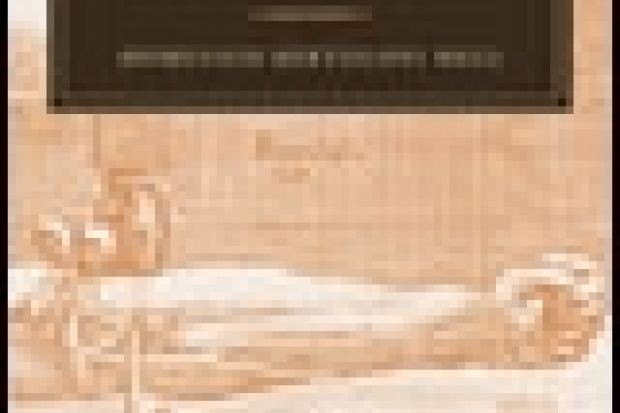Seventeenth-century anatomy, Domenico Bertoloni Meli argues, was transformed by three factors: experiment, the microscope and the illustrated publication. Anatomists now dissected, vivisected, injected, boiled, dyed and even tasted hearts, lungs, brains, veins, glands, fat and sexual organs, in organisms ranging from dead humans and live dogs to gnats and worms. Anatomists placed samples under their new microscopes, and published their findings with arresting illustrations. Flora and fauna could now be depicted as mechanisms rather than things controlled by immaterial souls, and if nature was mechanical not just in the heavens but in the biological realm too, then broken bodies might in theory be fixed, much as one might repair a clock.
The focus of Meli's study, itself microscopically detailed, is the Italian anatomist and physician Marcello Malpighi (1628-94), the man who more than any other individual orchestrated this transformation in anatomical thought. Malpighi worked on lungs, on respiration, on the brain, the tongue, the liver, the spleen, glands and fat, and moved with ease about the animal kingdom, eventually extending his researches to plants. In an age that we usually think of as interested in taxonomy, or the cataloguing of nature, he treated all animals and plants as living forms, requiring explanation rather than just description.
It is a commonplace to say that the scientific revolution was effected by doing new experiments using new instruments, in medicine as in other disciplines. Meli offers a more nuanced narrative. Comparative anatomists such as Malpighi employed not only literal microscopes but metaphorical ones, too. The principle of comparative anatomy is that what is puzzling in one organism might be explained in another, and even at the time comparative anatomy was dubbed "the microscope of nature". Meli adds to this his useful notion of the "microscope of disease" - the idea that the study of sick bodies might illuminate the workings of healthy bodies.
But at the philosophical level there were problems to be faced. Comparative anatomy relied on the principle of analogy between organisms, a principle that sceptics might simply dismiss. Again, the appeal to mechanism had the flavour of novelty, but what happened when mechanical assumptions failed to make sense of observational evidence? What, for instance, as Meli addresses in an unexpectedly important chapter, is fat for?
Mechanism is also a relatively proficient means for explaining how something in the body works - it pumps, or it digests, for instance. But when anatomists turned to questions of generation and growth - how does a complex organism grow from the simple act of sex? - notions of mechanism proved hard to sustain without partial retreat to older notions of governing "souls", precisely the principles that mechanism was supposed to supplant.
The strength of Meli's work lies in his attention to detail in highly complex Latin works, and in his sensitivity to unpublished work, correspondence, diaries and, above all, to the technologies of illustration. It is to be regretted, therefore, that the many illustrations in this book are unsourced.
But Meli's great achievement is synthetic: he successfully deploys Malpighi as the focus for what is really a history of the transformation of anatomical thought in the period. Meli also shows not only how the different branches of medicine interacted with one another in the period, but also how the study of the human body in sickness and health was transformed by the study of plants and animals. The human body was now fully part of nature.
Mechanism, Experiment, Disease: Marcello Malpighi and Seventeenth-Century Anatomy
By Domenico Bertoloni Meli
Johns Hopkins University Press
456pp, £47.00 and £23.50
ISBN 9780801899034 and 899041
Published 20 May 2011
Register to continue
Why register?
- Registration is free and only takes a moment
- Once registered, you can read 3 articles a month
- Sign up for our newsletter
Subscribe
Or subscribe for unlimited access to:
- Unlimited access to news, views, insights & reviews
- Digital editions
- Digital access to THE’s university and college rankings analysis
Already registered or a current subscriber? Login
